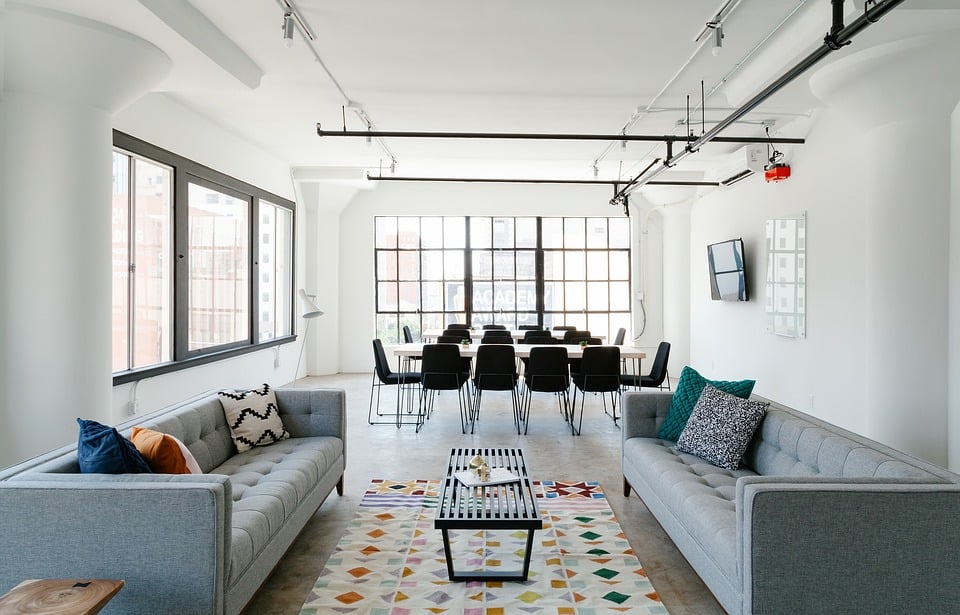As more businesses embrace flexible office layouts that encourage collaboration and teamwork but also accommodate needs for privacy and absolute quiet, the demand for adaptable office furniture continues to grow. Incorporating adaptable furniture in your office design is a win-win for you and your employees.
Functional yet flexible furniture encourages productivity and a sense of camaraderie. Adaptable furniture also tends to be comfortable furniture that’s customizable to individual preferences — which makes employees happier in the workplace. Read on for smart ways to incorporate adaptable furniture in your office design to boost performance and worker satisfaction.
Modular Soft Seating
In the break room, boardroom or main office, easy-to-move modular lounge chairs, armchairs, sofas, and ottomans are ideal for creating intimate groupings of comfortable seating for brainstorming meetings, team meetings or client meetings. They’re also inviting pieces that your team can configure to enjoy their break time or simply to lounge on while reading a report or white paper.
Modular Workbenches
Modular workbenches are workstations that can be customized for myriad configurations — four left and right drawers, two right drawers, one under desktop drawer, three right drawers and one locking left-hand cabinet, etc. Employees can craft their ideal workbench rather than having to settle for a one-size-fits-all model.
Desk Pods
For optimal productivity, one needs to have laser focus on the task at hand. Desk pods are partially self-contained “workplace cockpits.” They’re portable, standalone units that combine seating, workstation and privacy screens that partially envelop the user to keep distractions at a minimum. Steelcase’s Brody model is an excellent example. They can be used alone or connected into pod groups.
Meet-Point Tables
Free-standing adjustable-height tables are flexible and complement a space that embraces modular, customizable furniture. Users can configure these tables according to their height and whether they’ll be sitting or standing. Ergonomics is a huge benefit of adaptable office furniture.
Collaborative Breakout Furniture
If your office space has square footage that’s not being used effectively — or at all — breakout furniture can change that. It’s designed to make maximum use of small spaces and to encourage relaxation and stints of downtime that revive employees so they return to work motivated and refreshed.
Acoustic Elements
In an office space that leans toward open concept, noise is always a concern. Acoustic elements including sound-absorbing wall and ceiling panels mute sound but also are available in decorative formats that will enhance the aesthetics of your office. In addition to wall and ceiling panels, acoustic room dividers and wall partitions provide effective sound control while being completely flexible. They can be folded up when collaboration is desired and put back up to achieve a more private workspace.
When you think about a “typical day at the office,” you might just realize that there is no typical day. Every day presents new challenges and opportunities. Every new challenge and opportunity calls for a unique approach and strategy, and, often a different combination of employees. Offices filled with typical desks and chairs placed in typical four-wall offices or cubicles simply aren’t effective in many scenarios. Flexibility breeds success! To solve problems and produce unique solutions, your employees need to be able to unleash their creativity. Your office setup can either stifle or encourage creativity. Adaptable furniture will achieve the latter!
For more pointers and information about office furniture installation and arrangements, give Houston Installation Services a call at 713-462-7067. We’ve been in business for over 35 years, and we’ve got the knowledge and know-how to help you out.







